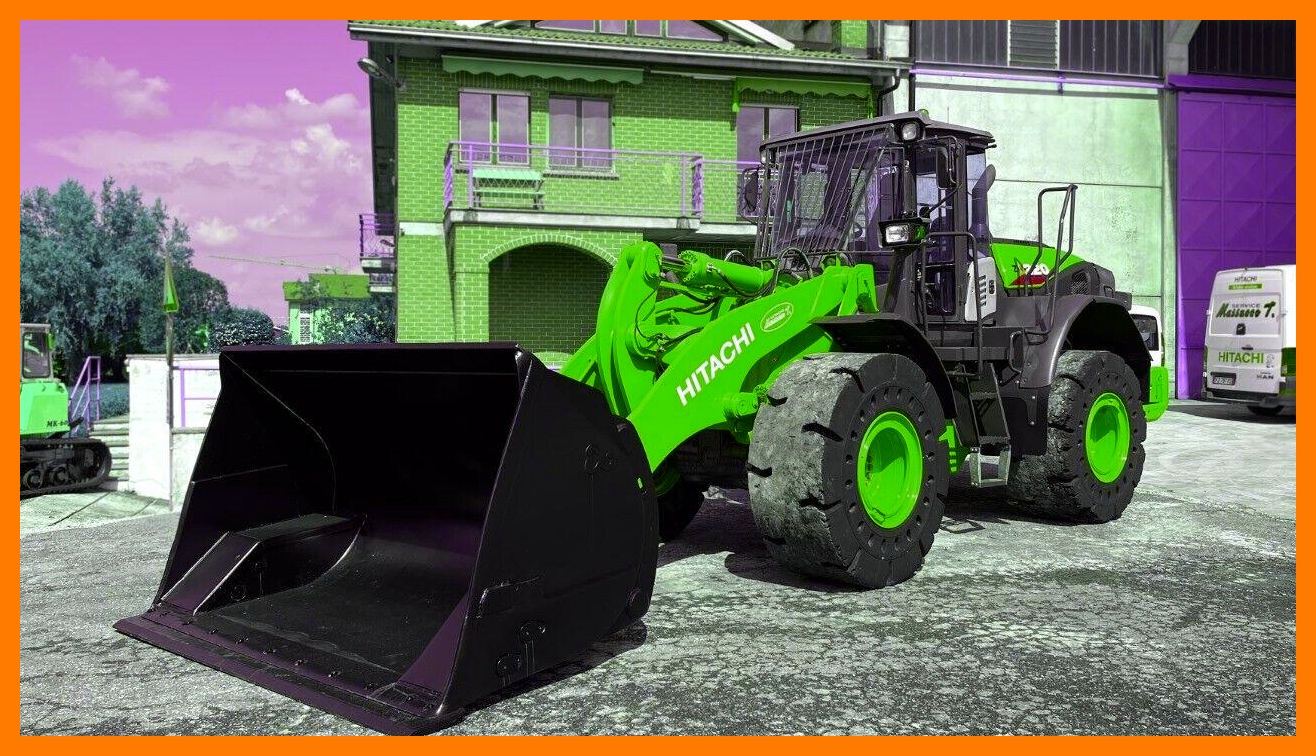Heavy Duty Engine Hoist A Comprehensive Guide
In the world of automotive repair and maintenance, a heavy duty engine hoist is an indispensable tool. Whether you’re a professional mechanic or a DIY enthusiast, understanding the ins and outs of this powerful equipment can save you time, effort, and a lot of headaches.

What is a Heavy Duty Engine Hoist?
A heavy duty engine hoist, also known as an engine crane, is a mechanical device used to lift and remove engines from vehicles. These hoists are built to handle the substantial weight of engines, making it easier and safer to perform engine swaps or repairs.
Key Features to Look For
When choosing a heavy duty engine hoist, there are several key features you should consider:
- Load Capacity: Ensure the hoist can handle the weight of the engine you plan to lift. Most heavy duty hoists can support between 1 to 3 tons.
- Construction Material: High-quality steel construction ensures durability and longevity.
- Mobility: Look for hoists with sturdy casters for easy maneuverability around the garage.
- Adjustability: Adjustable boom lengths offer versatility for different engine sizes and vehicle types.
Why You Need a Heavy Duty Engine Hoist
Safety and Efficiency
Removing or installing an engine without the proper equipment is not only difficult but also dangerous. A heavy duty engine hoist:
- Prevents Injury: Reduces the risk of muscle strain and injuries by doing the heavy lifting for you.
- Saves Time: Streamlines the engine removal and installation process.
- Improves Precision: Allows for precise control over engine positioning.
Versatility
A heavy duty engine hoist is versatile enough for various tasks beyond engine removal. It can be used for:
- Lifting Other Heavy Components: Such as transmissions, differentials, and more.
- Automotive Restoration Projects: Essential for lifting bodies off frames in classic car restorations.
Types of Engine Hoists
Folding Engine Hoist
Folding engine hoists are popular for their space-saving design. When not in use, they can be folded up and stored conveniently, making them ideal for small garages.
Telescoping Engine Hoist
Telescoping hoists feature adjustable boom lengths, providing greater flexibility and reach. This type is particularly useful for larger vehicles or engines.
How to Use a Heavy Duty Engine Hoist
Using a heavy duty engine hoist requires careful planning and attention to detail. Here’s a step-by-step guide:
- Preparation: Ensure the vehicle is on a flat surface and secured with wheel chocks. Disconnect all necessary components from the engine.
- Positioning: Place the hoist near the engine bay and adjust the boom to the appropriate length.
- Attachment: Secure the engine to the hoist using a quality engine sling or chain. Make sure the attachment points are strong and stable.
- Lifting: Slowly pump the hoist to lift the engine. Keep an eye on the stability and balance throughout the process.
- Removal: Once the engine is free, carefully maneuver the hoist to remove the engine from the vehicle.
Maintenance Tips
To ensure your heavy duty engine hoist remains in top condition:
- Regular Inspections: Check for any signs of wear or damage before each use.
- Lubrication: Keep all moving parts well-lubricated to prevent rust and ensure smooth operation.
- Proper Storage: Store the hoist in a dry, safe place to avoid exposure to the elements.
Investing in a heavy duty engine hoist is a smart move for anyone serious about automotive repair and maintenance. With the right hoist, you can tackle even the most challenging engine jobs with confidence and ease.